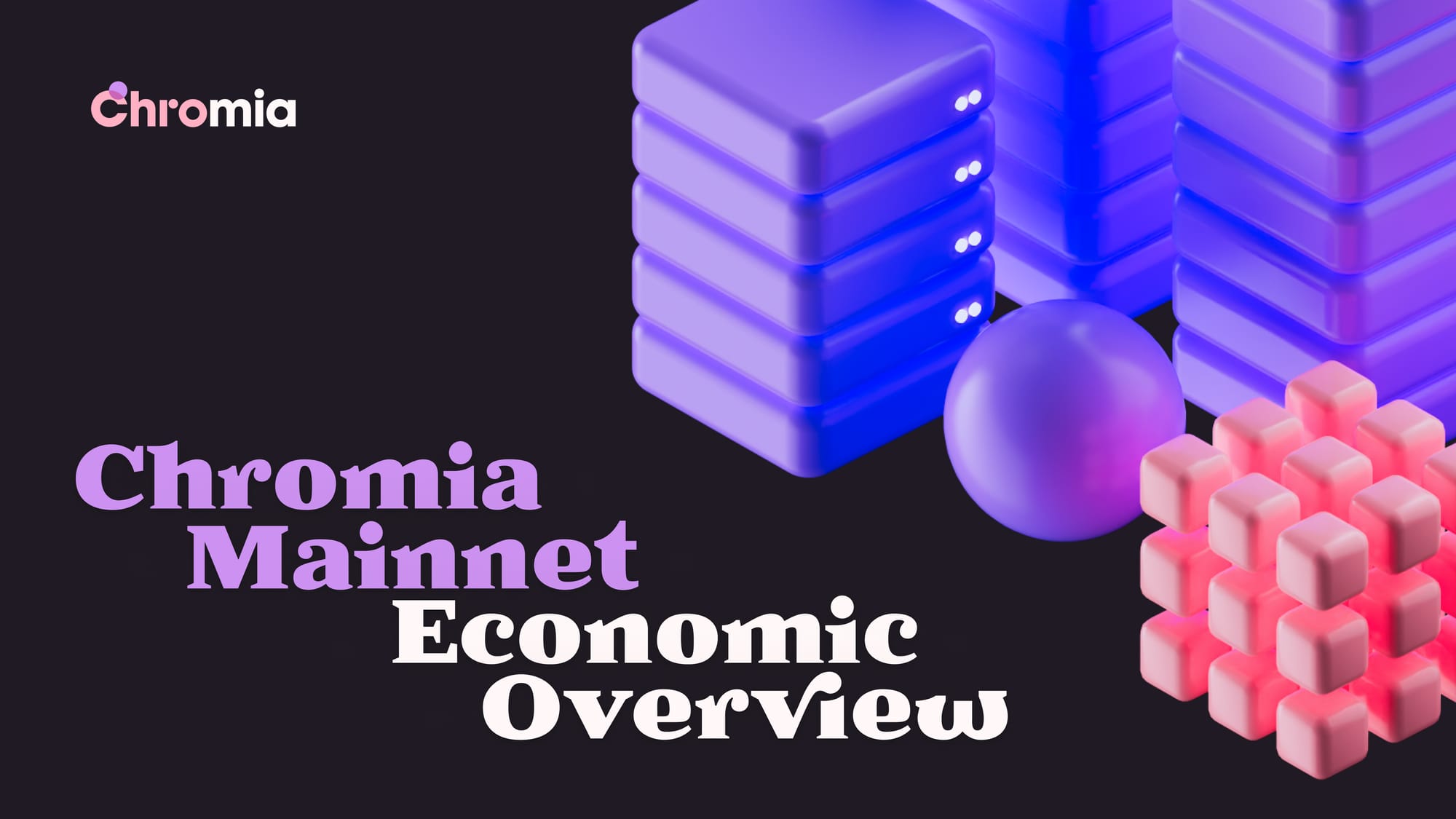At mainnet launch, Chromia will introduce an economic model designed to satisfactorily compensate providers for their service, while funding additional initiatives required to sustain and grow the ecosystem. This article outlines the key details of our initial mainnet economics.
Resource Pool and Subsidies
All incoming funds paid for container leases are aggregated in the resource pool. If necessary, these funds are supplemented by subsidies sourced from the System Node Compensation Pool and the Ecosystem Fund.
The subsidy mechanism ensures a baseline payout to providers, independent of network scale and cluster occupancy. This approach is necessary during the network's early phase to support its establishment and growth.
As the network expands, the amount of subsidies needed will continuously decrease. Our model predicts that once the network reaches 11 dapp clusters, the system will become self-sufficient and begin generating a surplus that can be used to build the ecosystem further.
Allocation of Resource Pool
- System Providers are compensated for operating the system chains that carry out Chromia core functions.
- Dapp Providers are compensated for operating the dapp clusters that host the dapps running on Chromia.
- All provider rewards (network fees + subsidies) are adjusted based on uptime, calculated by the number of blocks built. Nodes falling behind in block building will see their rewards reduced by 10% per 1% of downtime. For example, 95% uptime results in 50% rewards, while 100% uptime yields 100% rewards.
- Providers automatically share 10% of their total rewards with the stakers who delegate to them. This will begin after the launch of native staking in late Q3.
- For more information, please see the hosting calculator and the rewards calculator in Chromia’s official documentation.
- The Economy Chain Resource Pool receives 10% of all network fees. This is used to cover currency risk, gas fees for Ethereum anchor blocks and bridge contract updates, and other network costs. If the pool has a surplus, they will be used to fund grants and other projects within the ecosystem.
- The Chromia Foundation receives 10% of all network fees. This is used to further the development of the Chromia Network, ecosystem, and software. Read more about the Chromia Foundation below.
What is Chromia Foundation?
The Chromia Foundation is a non-profit organization registered in Switzerland, dedicated to the advancement of blockchain and Web3 technologies within the Chromia ecosystem. Its mission is to foster the development, adoption, and understanding of the Chromia Network. The Foundation will engage in a variety of activities, including supporting research and development projects, providing educational resources, sponsoring events and workshops, and collaborating with diverse partners including Web3 projects, institutions, and tech companies.
Staking Requirements for Network Providers
CHR Staking is an important mechanic to ensure that all providers have a vested interest in the integrity and performance of the network. These requirements will be phased in after the rollout of Native Staking, which is scheduled for late Q3 2024:
- Dapp Providers must have a total stake of $100,000, with a maximum of $90,000 sourced from delegates.
- System Providers must maintain a total stake of $200,000, with a maximum of $180,000 sourced from delegates.
Staking requirements will be periodically adjusted a minimum of once every three months based on CHR market value, network TVL, and other auxiliary factors.
If a provider falls below the requirement, they have 2 weeks to meet the staking threshold. If they fail to do so, payouts are suspended until the requirement is met.
In certain circumstances, temporary exceptions or amendments can be made. Some examples would be during initial mainnet setup, or during the onboarding of a new provider.
Mainnet Specifications and Node Requirements
At mainnet launch, network specifications are as follows:
- Cluster Count: One system cluster, and one dapp cluster
- Number of System Providers: 16
- Number of Dapp Providers: 7
- Node Specifications:
- System Nodes: Require 64 SCUs of hardware (32 high-frequency vCPUs, 128GB high-speed RAM, 4TB of NVME SSD storage).
- Dapp Nodes: Require 124 SCUs of hardware (64 high-frequency vCPUs, 256GB high-speed RAM, 8TB of NVME/PCI-E high-speed SSD storage), with a benchmark score preferably lower than 1000ms (single node) or 2000-2500ms (multi-node) in the Postchain benchmark test.
Conclusion
Chromia's economic model is designed to ensure fair compensation for service providers while supporting the growth and sustainability of the ecosystem. Through careful allocation of resources, subsidies, and staking requirements, Chromia aims to build a robust and self-sufficient network. As the network matures, ongoing adjustments will ensure that it continues to meet the evolving needs of its participants and stakeholders.
About Chromia
Chromia is a Layer-1 relational blockchain platform that uses a modular framework to empower users and developers with dedicated dapp chains, customizable fee structures, and enhanced digital assets. By fundamentally changing how information is structured on the blockchain, Chromia provides natively queryable data indexed in real-time, challenging the status quo to deliver innovations that will streamline the end-user experience and facilitate new Web3 business models.
Website | Twitter | Telegram | Facebook | Instagram | Youtube | Discord
